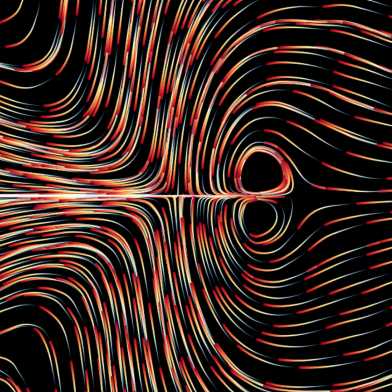CMBM News
Nucleation of Laboratory Earthquakes in Thin Samples

Recent findings from a research collaboration, published in Nature, provide a comprehensive explanation of the nucleation process of frictional ruptures. The study shows the crucial role that the sample thickness plays and its implications for failure predictions based on fracture mechanics theory.
ETH Postdoctoral Fellowship for Dr. Arturo Chao Correas

Dr. Arturo Chao Correas, a postdoctoral researcher at CMBM, has recently been awarded an ETH Postdoctoral Fellowship. Congratulations!
Understanding fractures: from microstructures to earthquakes

David Kammer’s research focuses on a rather unpopular phenomenon: fracture. He uses computer simulations and laboratory experiments to study fractures at all sizes – from nanoscale phenomena in collagen fibres all the way to tectonic processes in earthquakes. He is particularly interested in minimal changes that can have large effects on the properties of a material.
Chun-Yu Ke appointed as Assistant Professor at NTU

Prof. Chun-Yu Ke, who graduated from Prof. Kammer’s research group at Cornell University, has started as an assistant professor in the Department of Civil Engineering at the National Taiwan University (NTU). His research will focus on earthquake mechanics with laboratory experiments and numerical simulations.
Breaking the Speed Limit: Cracks Can Travel Faster than Expected

Our work on supershear propagation of tensile cracks got recently published in Physical Review Letters. Our simulations shed light on how geometric non-linearities allow cracks to propagate faster than predicted limits.